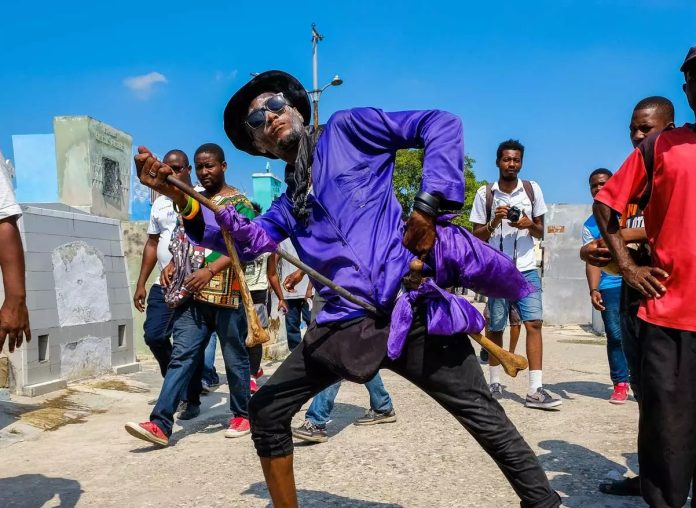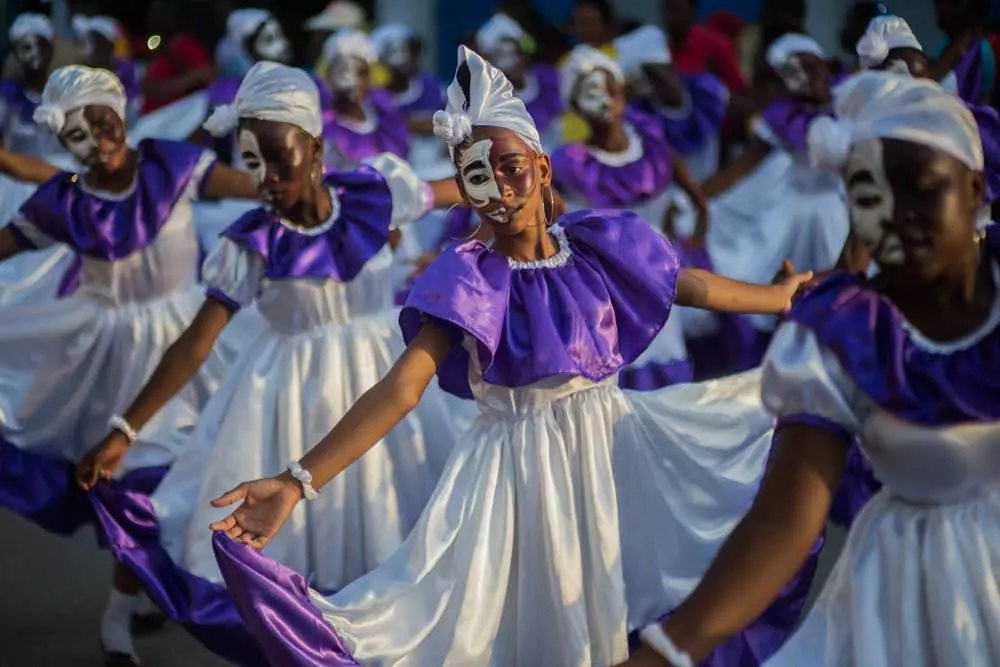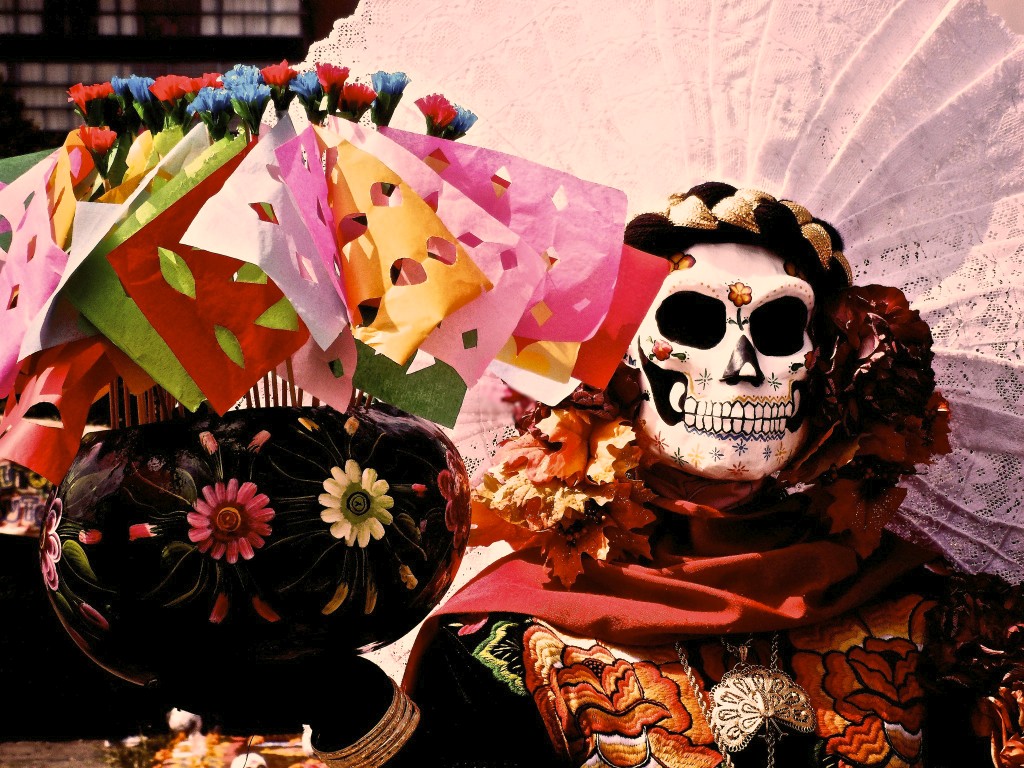
While the Mexican celebration of Dia de Los Muertos with its elaborate costumes and grand parades is becoming commercialized in the US, its origins have deep and spiritual meaning for those who celebrate the holiday. Following All Saints Day, November 2nd is All Souls Day, sometimes referenced as the “Day of the Dead,” for Catholics and Christians around the world. While All Saints Day is a day of recognition to honor all saints and martyrs within the Catholic tradition, All Souls Day is a holiday to remember and celebrate deceased loved ones. Catholics believe that once they celebrated all the pure souls in heaven on All Saints Day, celebrating the souls of friends and family stuck in purgatory the next day would help cleanse them of the sins keeping them from heaven.
Many Catholics believe that the saints and martyrs that were prayed to the day before would help their departed friends and family reach God’s holy kingdom. Rather than a sad commemoration of a loved one’s death, Day of the Dead is a vibrant celebration of their life.
Day of the Dead “Fête Gede” in Haiti

Of the Caribbean islands, Haiti is the most well connected to the Day of the Dead or Fête Gede, celebrating the holiday with community parades, colorful celebrations, music, dance and offerings. Families adorn the graves of their loved ones with flowers and candles, bread and rum.
Voodoo and Catholicism are heavily interwoven in Haiti, so Day of the Dead festivals typically include Voodoo rituals such as bringing offerings to Baron Samedi, the “loa of death” and Gede, his son. Murals and statues are often erected of Baron Samedi around the Grand Cemetery in Port-au-Prince with festival goers passing by throughout the day and night to pay their respects to him.

This celebration is not for the faint of heart, as it also includes animal sacrifices, typically of black chickens or roosters, and Voodoo priests and priestesses preparing individuals for spirit possession by Gede himself. While the official date of All Souls Day is November 2, Fête Gede typically lasts all month long.
Latin-American Influence
The popular Mexican-style celebration known as Dia de los Muertos originates from the ancient Aztec and Nahua who saw death as an extended part of life. Immediately after death, a person was believed to go to Chicunamictlán, or purgatory, and complete different challenging journeys until their soul finally reached Mictlán — what Catholics refer to as heaven.

Because the soul’s journey was so long and difficult, it was important for living family members to be encouraging along the way with food, flowers and other offerings that would ease its burden. This is why on All Souls Day people still bring food and water to their loved ones’ grave sites, to help nourish them as they try to find heaven. Another concept of the importance of offerings is the idea that the departed loved one will make the long journey from either purgatory or heaven to come visit their family members on earth on All Souls Day and will need nourishment once they arrive.
Looking for most scary good fun? Check out these haunted sites in the Caribbean that will have you sleeping with the lights on.
What is the difference between All Saints Day and All Souls Day?
- While All Saints Day is commonly a day of recognition to honor all saints and martyrs within the Catholic tradition, All Souls Day is a holiday to remember and celebrate deceased loved ones.
What do you do on All Souls Day?
- To celebrate All Souls Day, many countries around the world have parades, colorful celebrations, music, dance and offerings. Families typically create ofrendas, which act as offering altars for food and drinks and for others to pray at. In Haiti, many who practice Voodoo participate in animal sacrifices or even spirit possessions.
Is 1st November All Souls Day?
- All Souls Day, or Dia de los Muertos is typically celebrated on November 2nd, following the celebration of All Saints Day on November 1st.
































